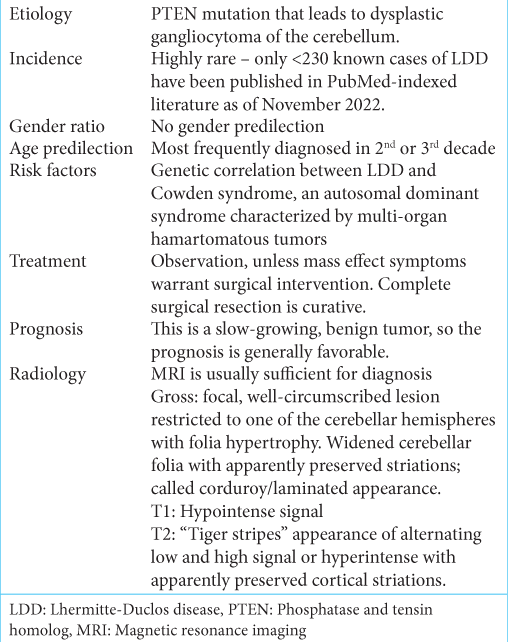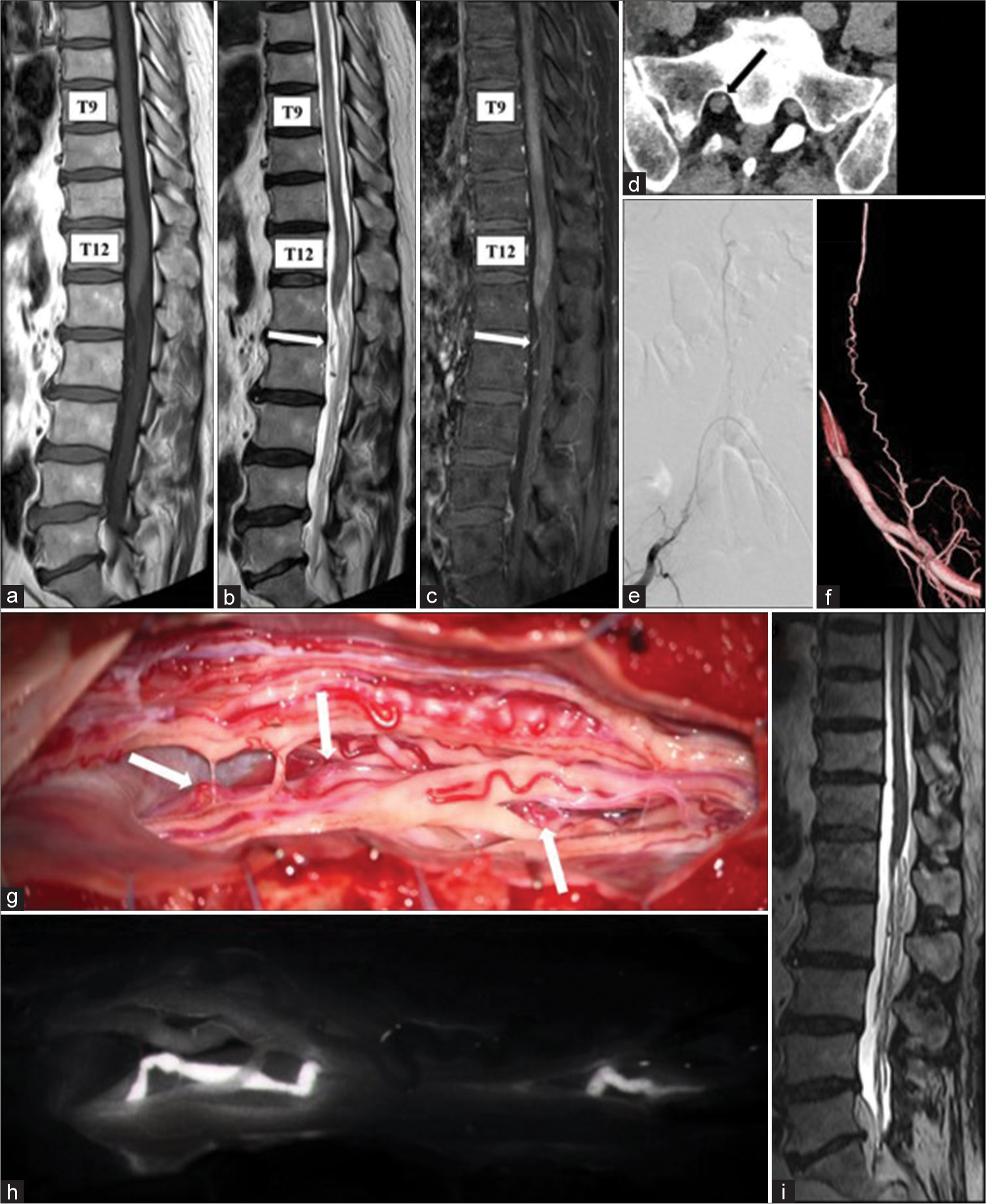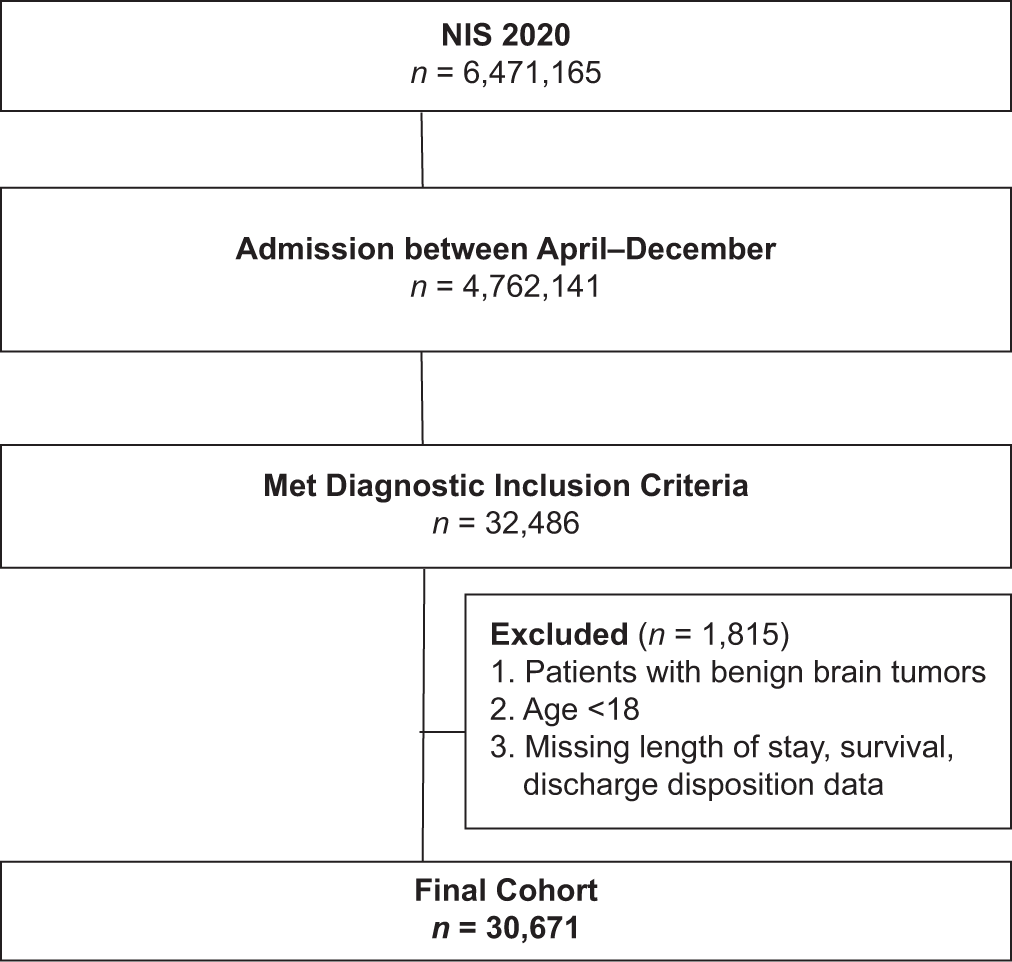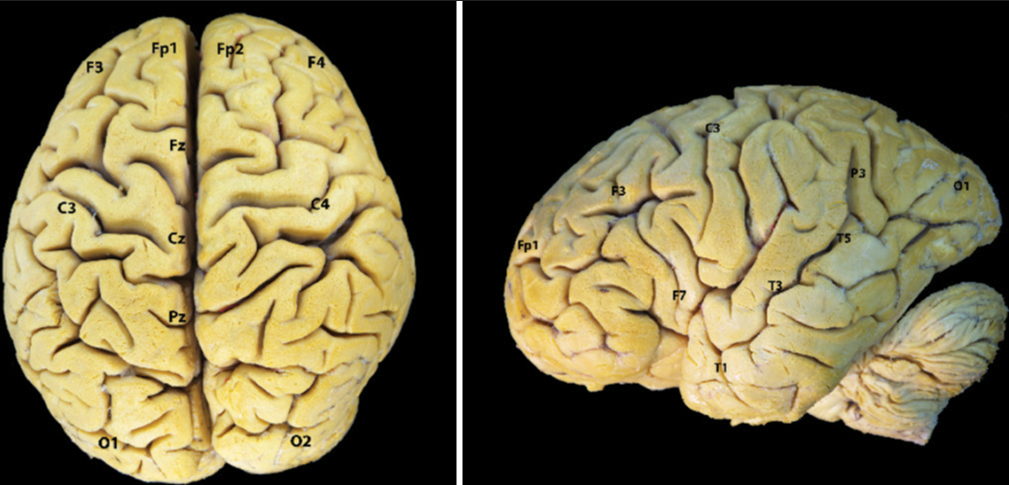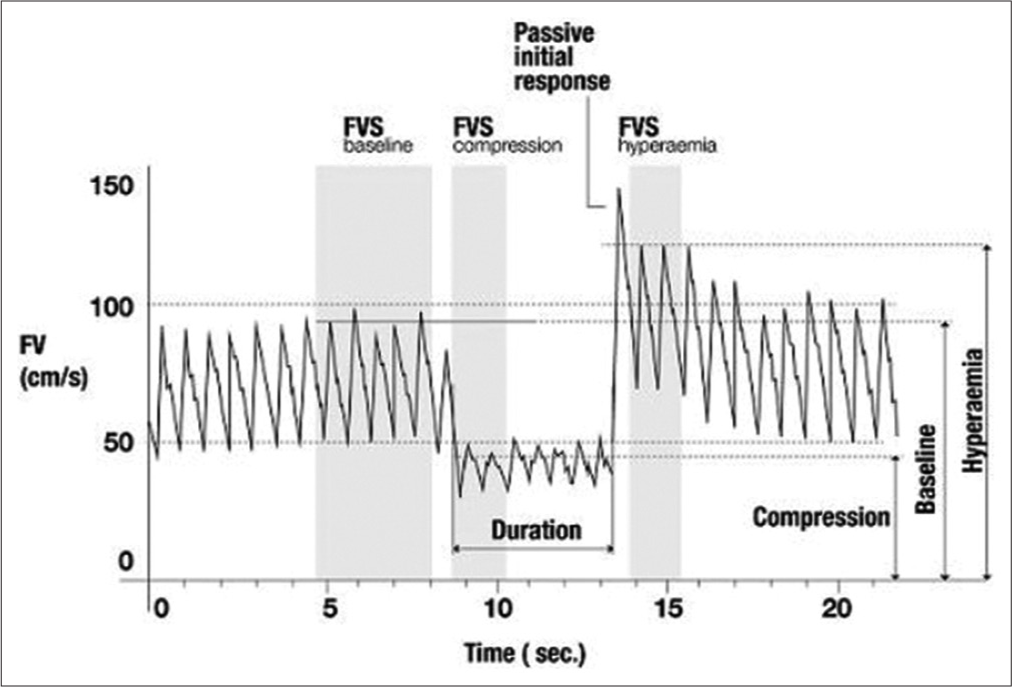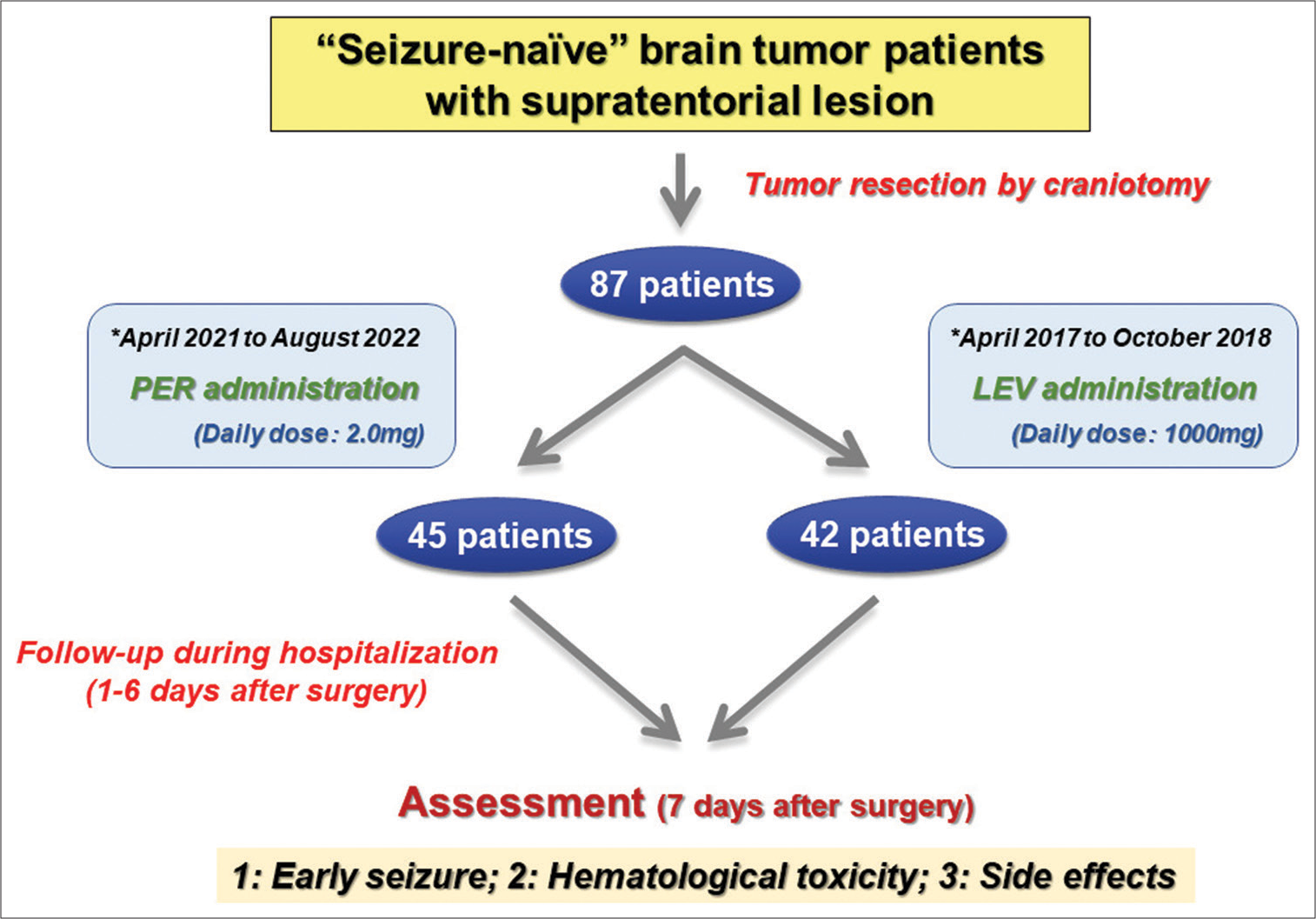A young female of Cowden syndrome presenting with Lhermitte-Duclos disease: An illustrative case
Date of publication: 25-Aug-2023
Background: Lhermitte-Duclos Disease (LDD), or dysplastic gangliocytoma, which is a benign hamartomatous condition involving the cerebellum, has a possible association with Cowden syndrome (CS), a rare autosomal dominant disorder due to germline mutations in the phosphatase and tensin homolog (PTEN) tumor-suppressor gene in chromosome 10. Combined CS and LDD cases are rarely reported in the literature.
Sacral arteriovenous fistula with lower thoracic cord edema without perimedullary vein enlargement
Date of publication: 18-Aug-2023
Background: Sacral dural arteriovenous fistulas (AVFs) are often undiagnosed at the initial presentation due to their rarity.
Case of lumbar spinal stenosis and chronic tophaceous gout
Date of publication: 18-Aug-2023
Background: Rarely, chronic tophaceous gout can result in lumbar spinal stenosis and neural compression.
Evaluation of endocrinological sequelae following particle therapy performed on anterior skull base lesions in the adult population
Date of publication: 18-Aug-2023
Background: Radiotherapy has increasingly assumed a central role in the multidisciplinary treatment of skull base lesions. Unfortunately, it is often burdened by relevant radio-induced damage to the pituitary function and the surrounding structures and systems. Patients who were treated with radiotherapy around the sellar region especially have a high risk of developing radio-induced hypopituitarism. Particle therapy has the potential advantage of delivering a higher radiation dose to the target while potentially sparing the sellar region and pituitary function. The aim of this study is to evaluate the pituitary function in adult patients who have undergone hadron therapy for anterior skull base lesions involving or surrounding the pituitary gland.
Coronavirus disease-19 is associated with decreased treatment access and worsened outcomes in malignant brain tumor patients
Date of publication: 18-Aug-2023
Background: The global coronavirus disease-19 (COVID-19) pandemic has resulted in procedural delays around the world; however, timely and aggressive surgical resection for malignant brain tumor patients is essential for outcome optimization. To investigate the association between COVID-19 and outcomes of these patients, we queried the 2020 National Inpatient Sample (NIS) for differences in rates of surgical resection, time to surgery, mortality, and discharge disposition between patients with and without confirmed COVID-19 infection.
Clinical and anatomical analysis of the epileptogenic spread patterns in focal cortical dysplasia patients
Date of publication: 18-Aug-2023
Background: Focal cortical dysplasia (FCD) is one of the main causes of intractable epilepsy, which is amendable by surgery. During the surgical management of FCD, the understanding of its epileptogenic foci, interconnections, and spreading pathways is crucial for attaining a good postoperative seizure free outcome.
Assessment of impaired cerebral autoregulation and its correlation with neurological outcome in aneurysmal subarachnoid hemorrhage: A prospective and observational study
Date of publication: 18-Aug-2023
Background: Cerebral autoregulation (CA) is crucial for the maintenance of cerebral homeostasis. It can be assessed by measuring transient hyperemic response ratio (THRR) using transcranial Doppler (TCD). We aimed at assessing the incidence of impaired CA (ICA) and its correlation with the neurological outcome in patients with aneurysmal subarachnoid hemorrhage (aSAH).
Calvarial hyperpigmentation
Date of publication: 11-Aug-2023
Background: Osseous hyperpigmentation of the calvarium is an extremely rare finding with only few reported cases in literature.
Endoscopic-assisted removal of bilateral traumatic intracerebral hemorrhage: A case report
Date of publication: 11-Aug-2023
Background: Decompressive craniectomy or craniotomy is an effective method for reducing intracranial pressure in patients with traumatic brain injury. However, contralateral intracranial hematoma is a rare but serious complication. Recently, the endoscopic technique has been described as a minimally invasive, safe, and effective treatment for intracranial hematoma evacuation. To the best of our knowledge, no technical report has described bilateral traumatic intracerebral hemorrhage (TICH) evacuation using a neuroendoscope.
Perioperative perampanel administration for early seizure prophylaxis in brain tumor patients
Date of publication: 11-Aug-2023
Background: The efficacy of perioperative prophylactic antiepileptic drug therapy in “seizure-naïve” patients with brain tumor, including glioblastoma (GBM), remains controversial. This study investigated whether perampanel (PER) is effective and safe for preventing perioperative onset of epileptic seizures, so-called early seizure, in patients with brain tumors.


